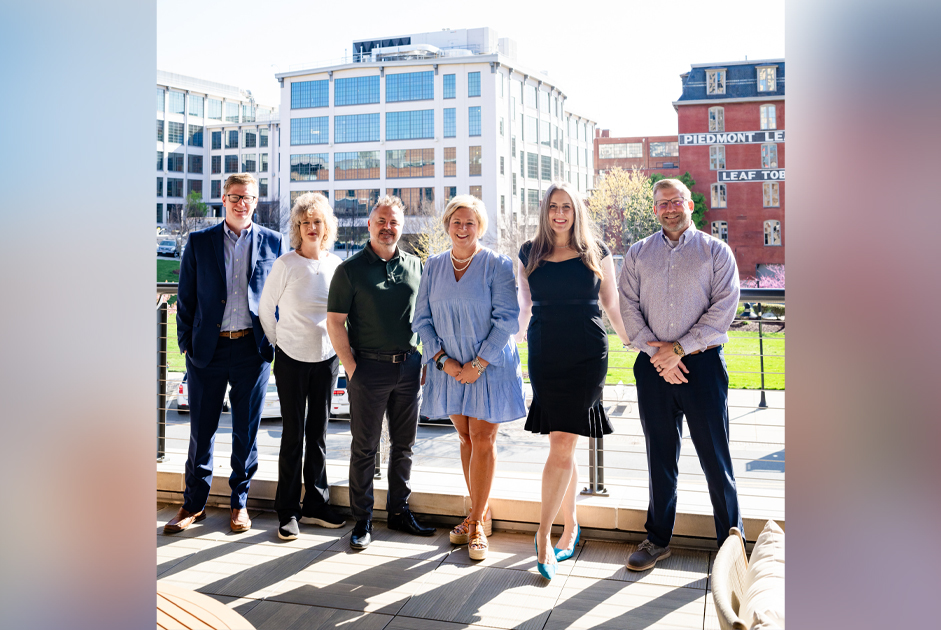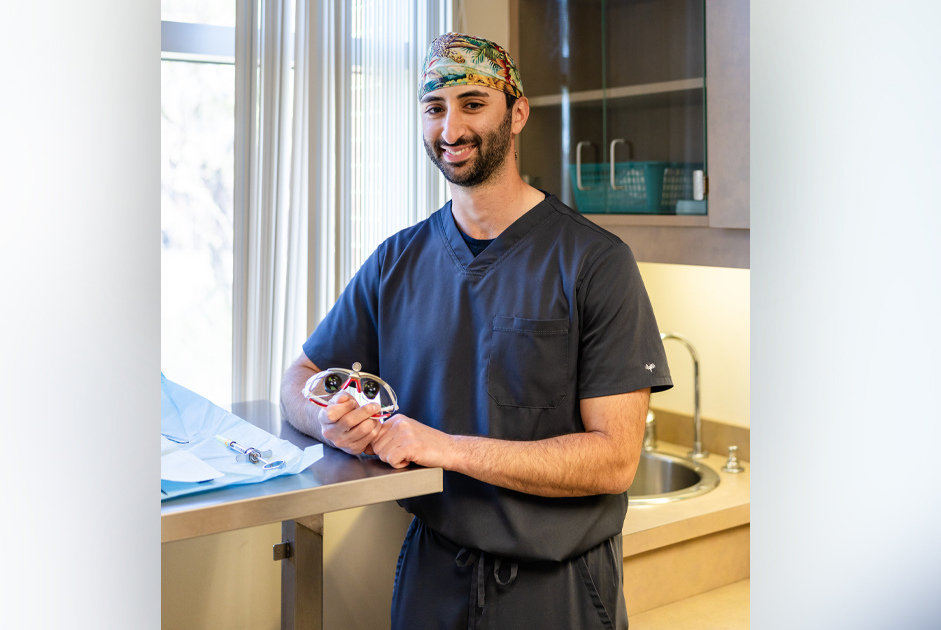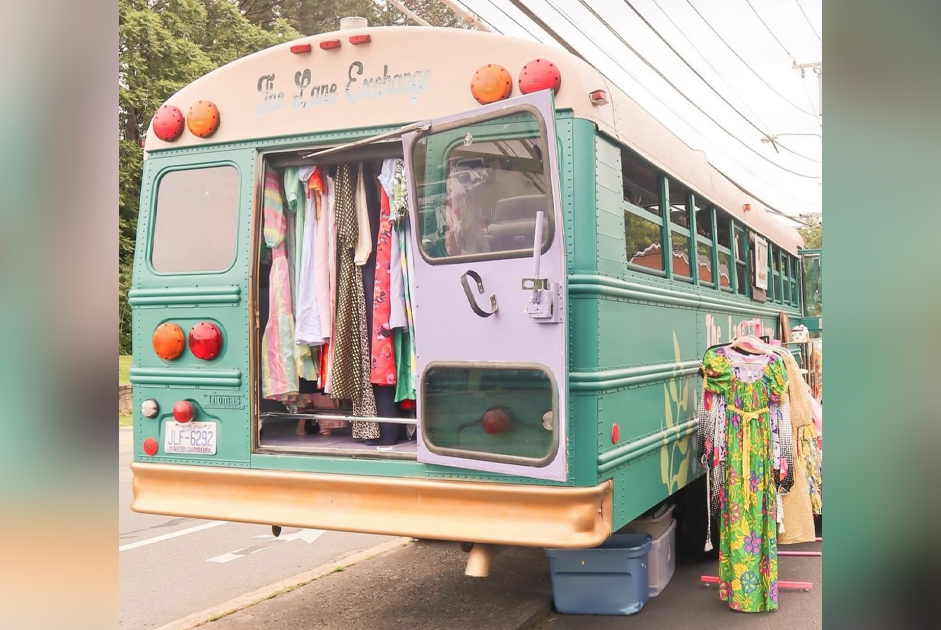Winston-Salem has a rich history rooted in tobacco. The tobacco plant was first introduced to the Tar Heel State when settlers moved from Virginia to North Carolina in 1663. Due to our region’s climate and soil, other crops struggled to grow. Thanks to our dry and sandy soil, tobacco flourished. As the years passed, the demand for the plant grew in North Carolina and colonial opportunists quickly saw tobacco as their entry into the European tobacco market. During this time, European colonists viewed tobacco as a luxury from Spain. Now, settlers in North Carolina were able to use their newly-grown crop as a way to make money. The boom of the tobacco business soon became simultaneous with North Carolina, our economy and culture and spread throughout all parts of our state. James B. Duke founded the American Tobacco Company in Durham, and R.J. Reynolds created the well-known tobacco company under his own name in Winston-Salem, and that is where our story starts.
Richard Joshua Reynolds (R.J. Reynolds) founded the second-largest tobacco company, the R.J. Reynolds Tobacco Company, in 1875. As the son of a tobacco farmer, R.J. Reynolds built a legendary company and factory, producing the first national popular cigarette, Camel cigarettes. Today, the company still exists. Along with creating a long-lasting business, Reynolds married Katharine Smith in 1905 and had four children: Richard Joshua, Jr., Nancy Susan, Mary Katharine and Zachary Smith. All of their children lived fulfilling and interesting lives. Yet, the short life of Zachary Smith Reynolds is one that intrigues many people.
Born on November 5, 1911, Zachary Smith, commonly referred to as Z. Smith or just Smith, was the youngest son of R.J. and Katharine Reynolds. While Smith is recognized for his skills as an amateur aviator, many people connect his name to the mystery surrounding his death on July 6, 1932. Growing up, Smith first lived in the family’s home on West Fifth Street before moving permanently to their country estate, the current Reynolda House. On July 29, 1918, his father, R.J. Reynolds passed away and, in 1924, his mother, Katharine, passed away. Now, being raised by his stepfather, John Edward Johnston, and his uncle, William Neal Reynolds, Smith spent a summer visiting Europe and South America, and the school years at Woodberry Forest, a male boarding school in Virginia before switching to Reynolds High School and eventually dropping out at the age of 15 to work at Reynolds Aviation. In 1928, Reynolds obtained his private pilot’s license, and his love for flying continued to grow when he received his transport pilot’s license and Airframe and Engine mechanic’s license just a year later. He became the youngest person in the United States to hold a transport pilot’s license at only the age of 17. Yet, greater success came with his biggest achievement in 1931. From December 1931 to April 1932, Reynolds accomplished the longest point-to-point solo circumnavigational trip at that time. He traveled from London to Hong Kong, while visiting the Mediterranean, North Africa, the Syrian Desert and India in between. But, this success was also met with challenges. Reynolds couldn’t complete the last 270 miles and had to throw supplies off the plane in order for it to take off. Engine damage occurred, and he actually arrived in Hong Kong on an oil ship, rather than in his plane. Nevertheless, the trek was worth noting.
In addition to his triumphs in aviation, Reynolds first married Anne Ludlow Cannon in 1929. This marriage resulted in divorce only two years later and produced one daughter. Later, in 1931, Reynolds married Libby Holman. The marriage between Reynolds and Holman was troublesome and only lasted a year. After a night of partying, the sound of gunshots rang through the Reynolda House estate during the early morning hours of July 6, 1932. Reynolds was found with a gunshot wound to his head on the east sleeping porch of the house and soon died.
Prior to the shooting, a 21st birthday party had been held in honor of Reynolds’ friend at the Lake Katharine boathouse on the estate. Guests included Reynolds, Holman and their friend Albert “AB” Bailey Walker, who was a childhood friend and personal assistant. Supposedly, Holman and Walker were having an affair and killed Reynolds together. At first, the death was ruled as a suicide by the Forsyth County coroner. However, the investigation showed that the bullet was fired by a person or unknown persons, suggesting that Reynolds was murdered instead. Walker and Holman, being two of the few guests remaining at the house at that time, were considered suspects and were indicted on first-degree murder charges with Holman as the murderer and Walker an accomplice.
No one ever found out about how Reynolds’ life truly ended. Was it murder or suicide? His uncle, William Neal Reynolds, fought the district attorney to close the case by stating that it was a suicide and to drop the charges. Eventually, the prosecutor did so, also in part due to the lack of evidence. No trial was ever held and neither Holman or Walker were officially charged. In 1971, Holman committed suicide after years of living with the trauma of this event. Walker passed away in 1954 from lung cancer.
After his death, Reynolds’ siblings formed the Z. Smith Reynolds Foundation and, in 1942, the Miller Municipal Airport was renamed the Smith Reynolds Airport. Still to this day, no one knows what happened the night of July 6, 1932, and no one ever will. The mysterious ending of the life of an heir to a tobacco fortune will also remain just that, a mystery.



















